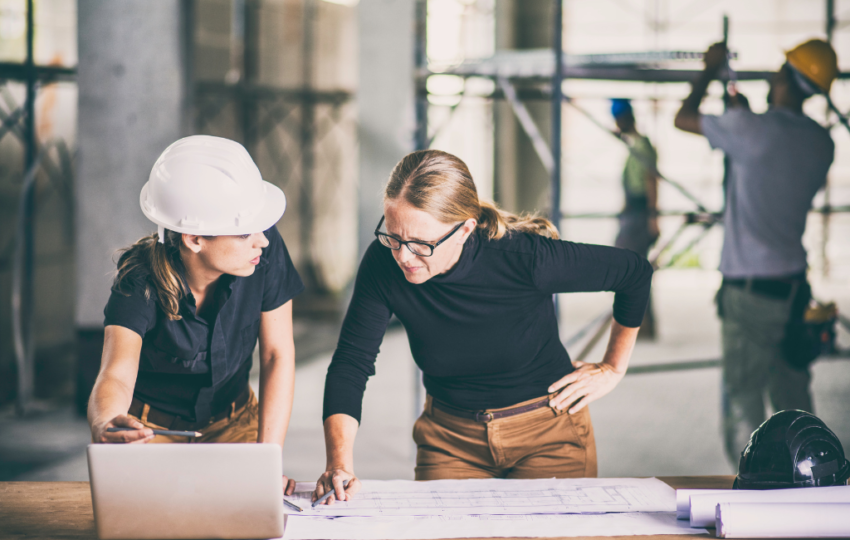Architect Ideas: Crafting Tomorrow’s Designs
In the ever-evolving field of architecture, the quest for innovative and sustainable designs is more pressing than ever. As urban areas expand and environmental concerns grow, architects are challenged to create spaces that are not only functional but also harmonious with their surroundings. This article explores the cutting-edge ideas shaping the future of architecture, offering insights into the trends and technologies that are redefining the built environment.
Embracing Sustainability
Sustainability has become a cornerstone of modern architectural design. With the increasing awareness of climate change, architects are prioritizing eco-friendly materials and energy-efficient systems. The integration of green roofs, solar panels, and rainwater harvesting systems are just a few examples of how buildings are being designed to minimize their environmental impact.
- Green roofs provide insulation and reduce urban heat.
- Solar panels offer renewable energy solutions.
- Rainwater harvesting systems conserve water resources.
A notable example is the Bosco Verticale in Milan, Italy. This pair of residential towers incorporates over 900 trees and 5,000 shrubs, creating a vertical forest that improves air quality and provides a habitat for wildlife. Such projects demonstrate the potential of architecture to contribute positively to the environment.
Innovative Use of Technology
Technology is revolutionizing the way architects design and construct buildings. The use of Building Information Modeling (BIM) allows for more precise planning and collaboration among stakeholders. This digital representation of a building’s physical and functional characteristics enables architects to visualize and simulate various scenarios before construction begins.
3D printing is another technological advancement making waves in architecture. This technology allows for the creation of complex structures with minimal waste. In 2018, the first 3D-printed house was built in Eindhoven, Netherlands, showcasing the potential for rapid and cost-effective construction.
Adaptive Reuse and Urban Regeneration
As cities grow, the need to repurpose existing structures becomes increasingly important. Adaptive reuse involves transforming old buildings into new spaces, preserving historical elements while meeting modern needs. This approach not only conserves resources but also maintains cultural heritage.
The High Line in New York City is a prime example of urban regeneration. Once an elevated railway, it has been converted into a public park, attracting millions of visitors annually. This project highlights the potential of adaptive reuse to revitalize urban areas and create vibrant community spaces.
Biophilic Design
Biophilic design emphasizes the connection between humans and nature. By incorporating natural elements into architectural spaces, this approach aims to enhance well-being and productivity. Features such as natural lighting, indoor plants, and water elements are commonly used to create a calming environment.
The Amazon Spheres in Seattle exemplify biophilic design. These glass domes house over 40,000 plants from around the world, providing employees with a unique workspace that fosters creativity and relaxation. Such designs demonstrate the potential of architecture to improve quality of life.
Smart Cities and Infrastructure
The concept of smart cities is gaining traction as urban areas seek to improve efficiency and quality of life through technology. Smart infrastructure integrates data and communication technologies to optimize energy use, transportation, and public services.
Songdo International Business District in South Korea is a leading example of a smart city. With its advanced waste management system, energy-efficient buildings, and extensive use of IoT devices, Songdo offers a glimpse into the future of urban living.
Conclusion
The future of architecture is being shaped by a commitment to sustainability, technological innovation, and a deep understanding of human needs. By embracing these principles, architects are crafting designs that not only meet the demands of today but also anticipate the challenges of tomorrow. As we look ahead, the potential for architecture to transform our world is boundless, offering exciting possibilities for the built environment.
